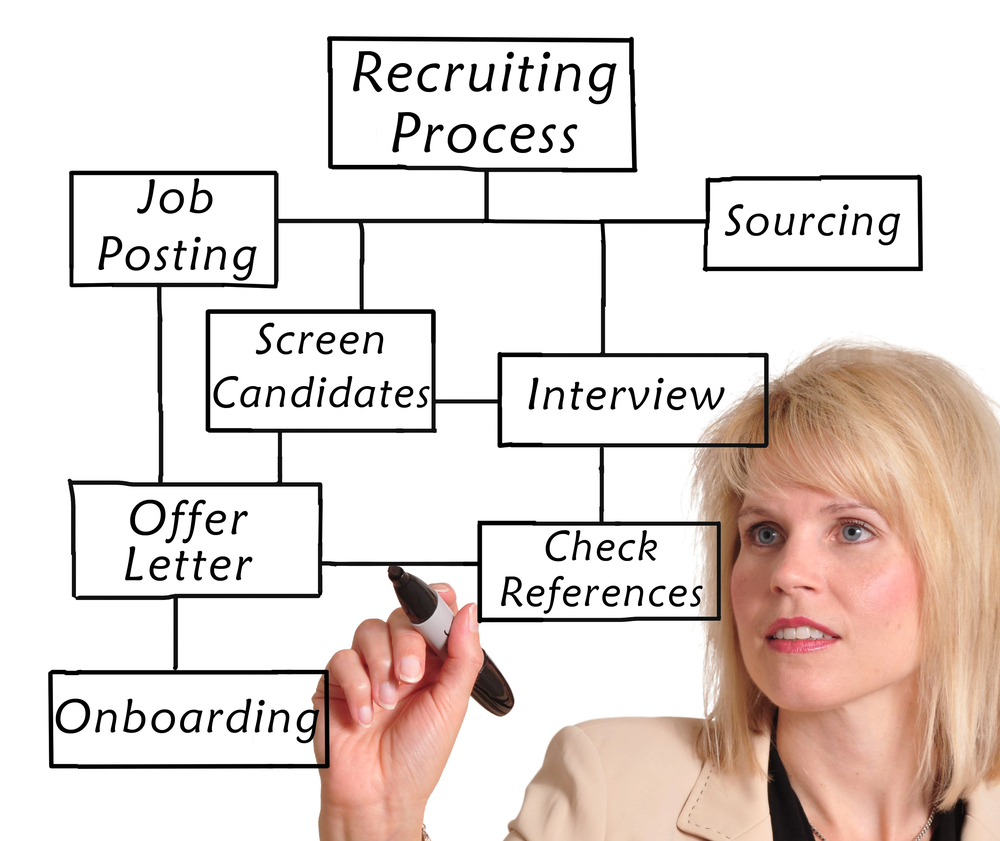Executives generally earn more, do more, and have the biggest impact among employees at an organization. So it makes sense why their recruitment process is so extensive. The more in-depth you go at the beginning, the more likely you are to end up with final candidates ready to succeed long term. This is a resource on how to do just that – an essential guide to executive onboarding success for organizations of all sizes and industries.

What is Executive Hiring?
Executive hiring refers to the specialized recruitment process for senior-level positions such as C-suite executives, vice presidents, and other leadership roles that directly impact strategic direction and organizational success. Unlike standard recruitment, executive hiring typically involves extensive vetting, confidential searches, and often requires specialized executive search firms due to the high stakes and specific qualifications required for these critical positions.
How Executive Hiring Differs From Regular Recruitment
As mentioned in the opening, executive-level employees should be differentiated from entry-level and mid-level staff members. Not in treatment, of course – everyone deserves equal respect and access to resources regardless of seniority – but during the onboarding process. Because high-ranking roles truly do come with nuances.
For example, executives need immediate access to confidential information, strategic plans, and board communications that other employees may not see for months or years. They require introductions to key stakeholders, board members, and external partners who will be critical to their success early on. Nailing these initial steps effectively defines everything from long-term professional relationships to performance.
A Guide to Executive Onboarding
Executive onboarding encompasses lots of steps, each of which holds equal importance to preparing recruits for their impactful roles. This isn’t the kind of thing worth glossing over – every aspect of the job matters and should therefore be covered in training.
Strategic Orientation
The strategic orientation phase begins with an in-depth analysis of financial performance metrics, budget allocations, and revenue forecasting models. It’s about ensuring new leaders understand not just current performance but also the underlying drivers of business success and areas requiring immediate attention.
Key components of strategic orientation:
- Current financial performance analysis and historical trends
- Budget allocation processes and approval hierarchies
- Revenue forecasting models and key performance indicators
- Capital expenditure priorities and resource constraints
Cultural Integration
Cultural integration involves structured meetings with department heads, key influencers, and informal organizational leaders – in other words, anyone and everyone who shapes company dynamics beyond the official hierarchy.
This phase should include:
- One-on-one sessions with department heads and senior managers
- Introduction to informal organizational influencers and culture carriers
- Understanding communication preferences and collaborative patterns
- Learning unwritten rules and organizational norms
Stakeholder Mapping and Relationship Building
The stakeholder mapping process systematically introduces executives to board members, major clients, strategic partners, and regulatory contacts who will significantly impact their success. These interactions should focus on building the foundation for productive long-term relationships.
Be prepared to orchestrate:
- Structured meetings with board members and key investors
- Introductions to major clients and strategic partners
- Facilitated conversations with department heads and senior leadership
- Meet-and-greets with regulatory contacts and industry association leaders
- Cross-functional team sessions to understand interdepartmental dynamics
- External vendor and supplier relationship briefings
- Media and public relations contact introductions, where applicable
- Union representative meetings for organizations with collective bargaining agreements
Strategic Context and Market Intelligence
Strategic context briefing provides executives with market intelligence. Current realities and future market conditions will shape their strategic priorities, after all.
Competitive Landscape Analysis: Include direct competitors, emerging threats, and market positioning relative to key players.
Industry Trends and Disruptions: Anything that could impact business models, customer preferences, or operational requirements.
Regulatory Environment Updates: Cover current compliance obligations, pending legislation, and policy changes affecting the sector.
Economic Conditions: New executives need to know what’s influencing customer spending, investment climate, and growth opportunities as they lay out their first goals and plans.

What Executive Onboarding Success Looks Like
It can be hard to define executive onboarding success during those first months of employment because every candidate will learn and show results at a different pace. Generally speaking, though, processes prove effective with the following signs.
Strategic Clarity and Direction: A clear understanding of organizational priorities and the ability to make informed decisions based on the financial, competitive, and market intelligence provided during onboarding.
Stakeholder Relationship Development: Proof of productive working relationships with board members, key clients, and internal stakeholders.
Cultural Integration: Understanding both formal processes and informal organizational norms.
Autonomous Decision-Making: You’ll ultimately know you’ve attained executive onboarding success when a new hire becomes confident in making the big calls required of their job on their own.
Your Partner and Guide to Executive Onboarding
Sheer Velocity‘s years of experience in talent acquisition can be your guide to executive onboarding success. We assist organizations looking for the best talent out there, then help deploy their full potential. Get more information about our team and methodology by reaching out today.